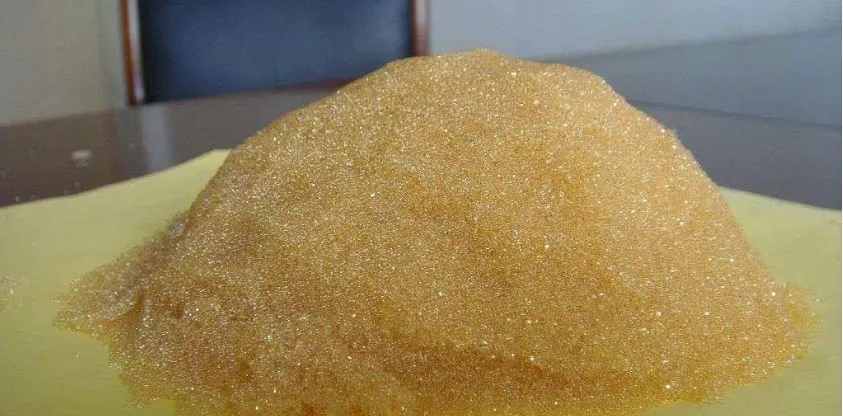Ion exchange resin is an insoluble polymer electrolyte composed of a cross-linked polymer skeleton and an ionizable group. It can carry out an exchange reaction with ions with the same charge in the liquid phase, and this exchange reaction is reversible. When the conditions change, it can be restored to its original state by using an appropriate electrolyte (such as acid or alkali, etc.) for reuse. This is called regeneration of the ion exchange resin.
1. Types of ion exchange resin
Ion exchange resins come in many varieties and can be classified according to different principles.

(1) Classified according to the type and function of the exchange group This is a very common classification method, which can be divided into five categories:
① Substituents on the benzene ring of strong acid cation exchange resin R (similar below) represents, -SO3H
② Weakly acidic cation exchange resin R: -COOH,- PO3H2,-OH,-PO2Hz ,-AS sub>O3H2,-SeO3H
③ Strongly basic anion exchange resin R: =N+ X W three P+X-, three S+XIX are halogen)
National weak base anion exchange resin R: -CONH(CH2>3 N(CH^ j,-(CH,)tN-C2H5()H
⑤Amphoteric ion exchange resin R: -S0H+N,(CFOzX-
(2) Follow the steps for preparing polymer matrix Raw material classification can be divided into four categories:
① Styrene system resin,
② Acrylic-methacrylic system resin;
③ Phenol-m-phenylenediamine system resin;
④ Epichlorohydrin system resin.
(3) Classified by polymerization reaction type Divided into two categories:
① Addition polymerization system, styrene and acrylic acid-methyl Acrylic system resin;
② Condensation polymerization system, phenol-m-phenylenediamine and epichlorohydrin system resin.

 微信扫一扫打赏
微信扫一扫打赏

